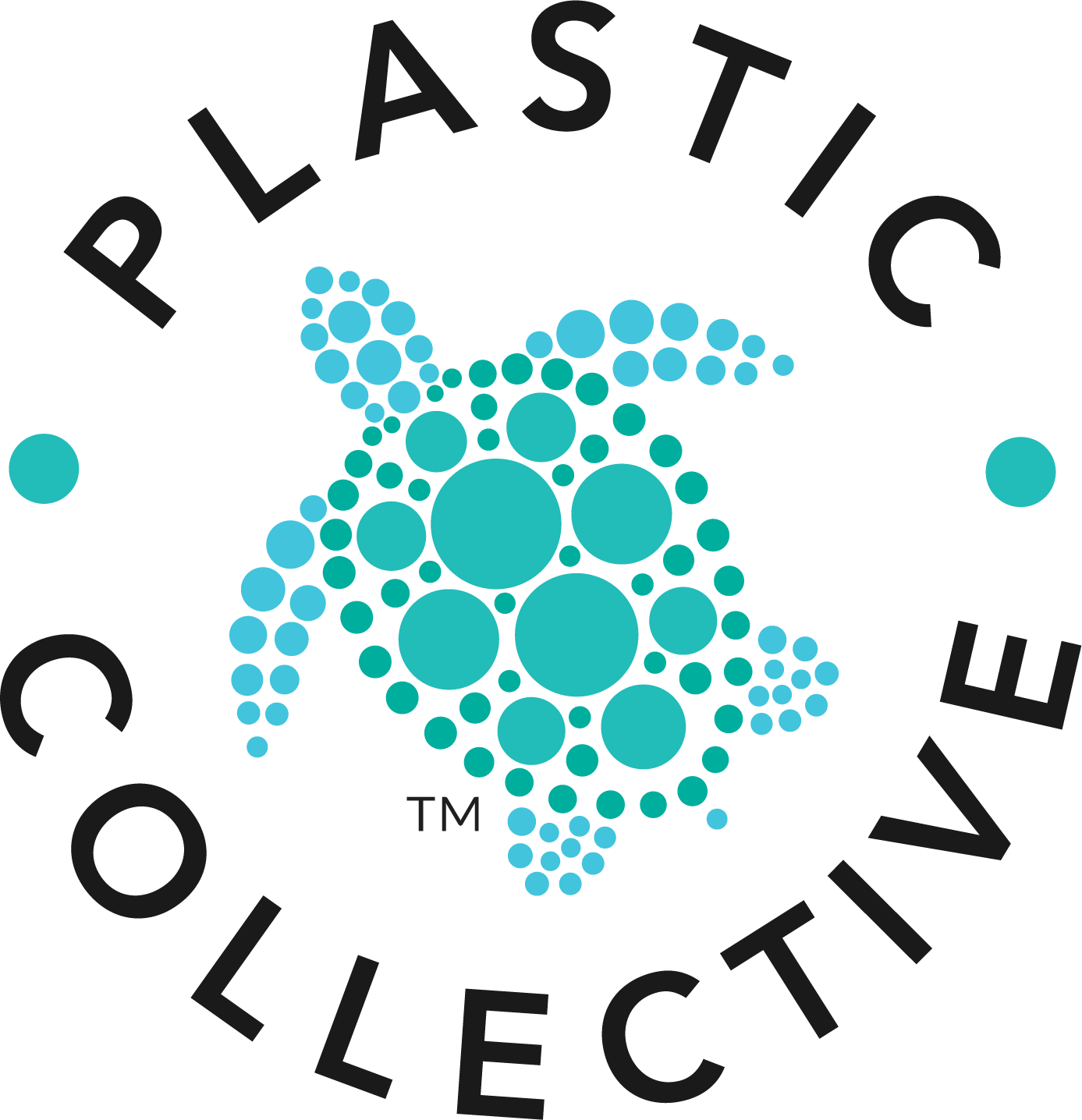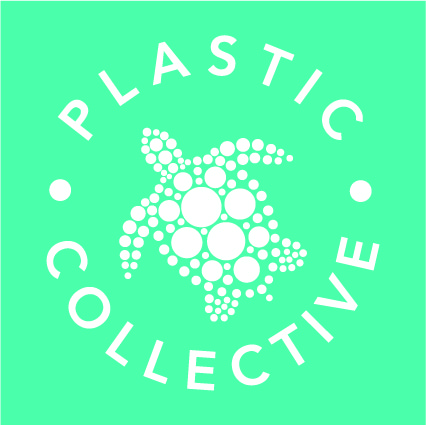22% of all plastic waste leaks into the oceans and natural environment
Let’s work together to stop this!
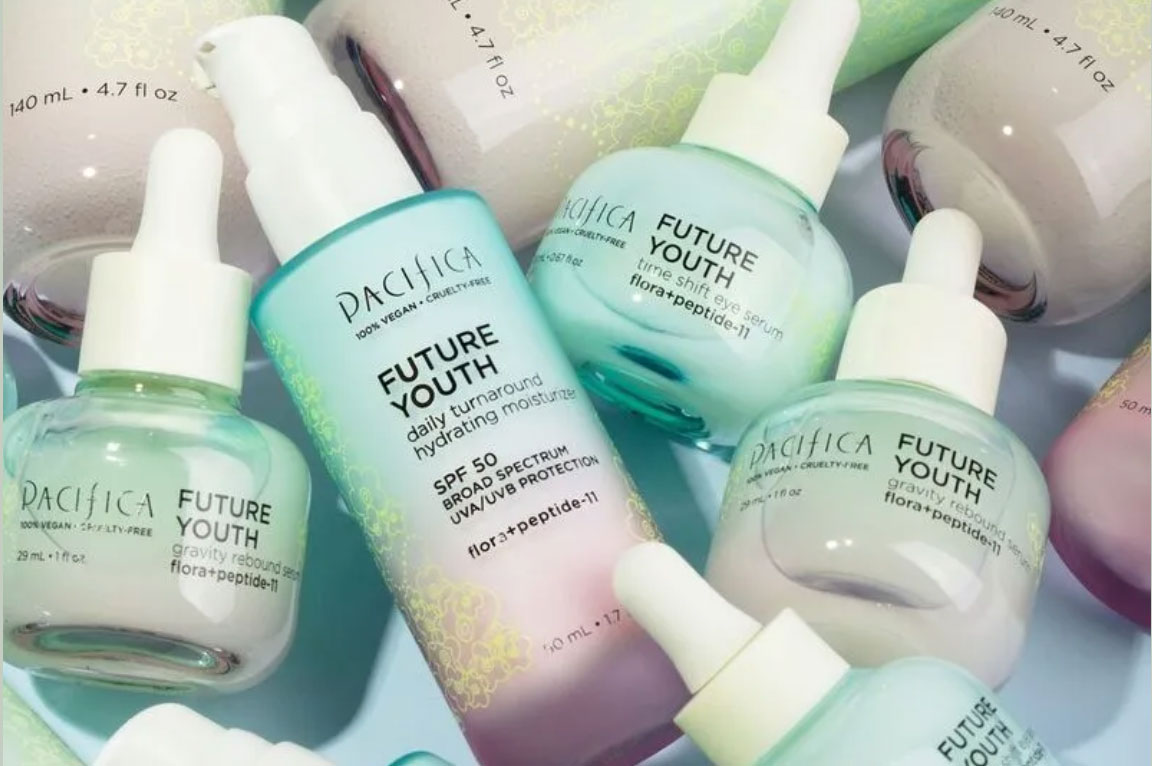
You’re a brand?
.
Certify your brand plastic neutral and develop high impact strategies to use plastic better

You’re an individual?
.
Show the way by become a plastic neutral leader
.
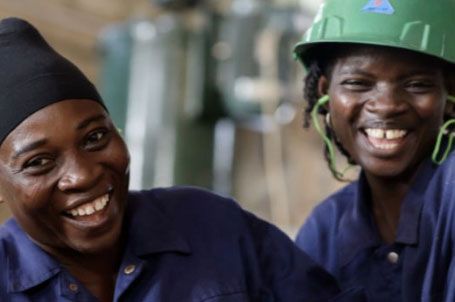
You’re a project?
.
Register your project to generate and sell plastic credits
.
Become a conscious brand that drives change
We help plastic neutral brands remove plastic waste from nature and stop it entering oceans by partnering with high impact projects in the remote and vulnerable communities
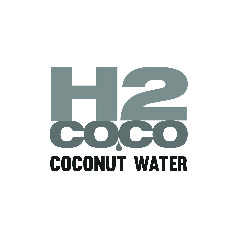
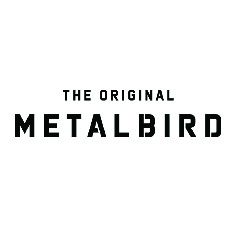

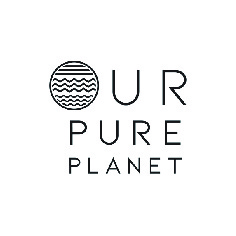
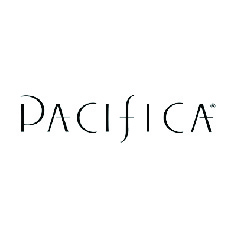

High impact projects cleaning up nature and oceans
We help build great plastic collection recycling projects in remote and vulnerable communities that benefit the livelihoods of informal waste pickers
SEARCULAR
Indonesia Collection and Recycling Project
Java INDONESIA
ASASE FOUNDATION
Community-based Collection
and Recycling ProjectGhana
WEST AFRICA
Hunter Gatherer Mama
Mapoon
Cape York, Queensland
AUSTRALIA
Wetlands Not Wastelands
Gulf of Carpentaria, Queensland
AUSTRALIA
The Centre for Sustainable Solutions
Bowraville, New South Wales
AUSTRALIA
Leaf Farmers Recycling Program
Jember
East Java
INDONESIA
Mantanani Plastic Recycling Centre
Mantanani Island
Sabah, Borneo
MALAYSIA
Shruder Resource Recovery Program
Les Village
North Bali
INDONESIA
Ocean Trash Recycling Shack
Whitsunday Islands
Queensland
AUSTRALIA
